Wall anchors are a popular choice for securing kitchen wall units. These small but mighty devices are designed to expand and grip the inside of the wall, providing a strong and sturdy anchor for your cabinets. When choosing wall anchors, look for ones that are specifically designed for heavy loads and can support the weight of your kitchen wall units. For extra security, consider using toggle bolts in combination with wall anchors. Toggle bolts have a spring-loaded wing that expands once inserted into the wall, creating a strong hold that can support heavier cabinets. Make sure to use the appropriate size and number of toggle bolts for your kitchen wall units.Wall anchors
Toggle bolts are a great option for those seeking a more heavy-duty fix for their kitchen wall units. These bolts are designed to hold a significant amount of weight and are often used in drywall or plaster walls. They can be easily installed by drilling a hole in the wall, inserting the toggle bolt, and tightening it with a screwdriver. When using toggle bolts, make sure to choose the right size and weight capacity for your specific kitchen wall units. It's also important to properly distribute the weight of your cabinets to avoid putting too much strain on a single toggle bolt.Toggle bolts
Wall plugs, also known as wall anchors or wall plugs, are a reliable and cost-effective option for securing kitchen wall units. These small plastic or metal anchors are inserted into a pre-drilled hole in the wall and expand once a screw is inserted, providing a solid anchor point for your cabinets. When using wall plugs, be sure to choose the appropriate size and weight capacity for your specific kitchen wall units. It's also important to properly position the wall plugs to evenly distribute the weight of your cabinets.Wall plugs
If you're looking for a simple and straightforward fix for your kitchen wall units, heavy duty screws may be the way to go. These screws are designed to support heavier loads and can be easily screwed into wood or metal studs in your wall. Just make sure to use the appropriate size and weight capacity for your cabinets. When using heavy duty screws, it's important to find the studs in your wall to ensure a secure hold. You can use a stud finder or knock on the wall to locate the studs. It's also important to evenly distribute the weight of your cabinets when screwing them in.Heavy duty screws
Corner braces are a great option for securing kitchen wall units that are placed in a corner. These metal brackets are installed in the corner of the wall and provide extra support for cabinets that may be slightly off balance or have uneven weight distribution. They can be easily installed with screws and are a cost-effective option for added stability. When using corner braces, make sure to choose the appropriate size and weight capacity for your cabinets. It's also important to properly position the braces and evenly distribute the weight of your cabinets to avoid putting too much strain on one side.Corner braces
Mounting brackets are a popular choice for securing kitchen wall units because they provide a seamless and sleek look. These brackets are typically hidden behind the cabinets and secured to the wall with screws. They can support a significant amount of weight and are a great option for those looking for a secure and discreet fix. When using mounting brackets, make sure to choose the appropriate size and weight capacity for your cabinets. It's also important to properly position the brackets and evenly distribute the weight of your cabinets to avoid putting too much strain on one side.Mounting brackets
For those looking for a quick and easy fix for their kitchen wall units, adhesive strips may be the way to go. These strong, double-sided strips can be easily attached to the back of your cabinets and stuck onto the wall, providing a secure hold without the need for screws or drilling. They are also a great option for those who are renting or cannot make permanent changes to their walls. When using adhesive strips, make sure to choose ones that are specifically designed for heavy loads and are appropriate for your specific kitchen wall units. It's also important to follow the instructions carefully and evenly distribute the weight of your cabinets.Adhesive strips
For those with brick or concrete walls, masonry screws are the go-to option for securing kitchen wall units. These heavy duty screws are designed to drill into tough materials and provide a strong hold for your cabinets. They can be easily installed with a drill and are a reliable option for those with more challenging wall surfaces. When using masonry screws, make sure to choose ones that are appropriate for your specific wall material and weight capacity for your cabinets. It's also important to properly distribute the weight of your cabinets to avoid putting too much strain on a single screw.Masonry screws
Cabinet screws are specifically designed for securing kitchen cabinets and are a popular choice for those looking for a simple and reliable fix. These screws are typically shorter and have a wider thread to provide a strong hold on the cabinet without damaging the wood. They can be easily installed with a screwdriver and are a cost-effective option for securing your kitchen wall units. When using cabinet screws, make sure to choose the appropriate size and weight capacity for your specific cabinets. It's also important to evenly distribute the weight of your cabinets and avoid over-tightening the screws to prevent damage.Cabinet screws
Wood screws are a classic and reliable option for securing kitchen wall units. These screws are specifically designed for use in wood and can be easily installed with a screwdriver. They come in various sizes and lengths, so make sure to choose ones that are appropriate for your specific cabinets and wall material. When using wood screws, it's important to find the studs in your wall to ensure a strong hold. You can use a stud finder or knock on the wall to locate the studs. It's also important to evenly distribute the weight of your cabinets and avoid over-tightening the screws to prevent damage.Wood screws
The Importance of Properly Fixing Kitchen Wall Units

Creating a Functional and Aesthetic Kitchen Design
 When it comes to designing a kitchen, choosing the right wall units is crucial. These units not only provide storage space but also contribute significantly to the overall design and aesthetic of the kitchen. However, even the best kitchen wall units will not be effective if they are not properly fixed. In this article, we will discuss the best fixing methods for kitchen wall units to ensure functionality and enhance the visual appeal of your kitchen.
When it comes to designing a kitchen, choosing the right wall units is crucial. These units not only provide storage space but also contribute significantly to the overall design and aesthetic of the kitchen. However, even the best kitchen wall units will not be effective if they are not properly fixed. In this article, we will discuss the best fixing methods for kitchen wall units to ensure functionality and enhance the visual appeal of your kitchen.
Using Strong and Durable Fixings
 One of the most important aspects of fixing kitchen wall units is choosing the right fixings. It is essential to use strong and durable fixings that can withstand the weight of the wall units and the items stored inside them.
Wall anchors and toggle bolts
are popular choices for fixing kitchen wall units as they provide a secure and stable hold. They can also be easily adjusted and removed if necessary.
One of the most important aspects of fixing kitchen wall units is choosing the right fixings. It is essential to use strong and durable fixings that can withstand the weight of the wall units and the items stored inside them.
Wall anchors and toggle bolts
are popular choices for fixing kitchen wall units as they provide a secure and stable hold. They can also be easily adjusted and removed if necessary.
Properly Measuring and Leveling
 Before fixing the kitchen wall units, it is crucial to measure and level the wall properly. This will ensure that the units are installed in a straight and even manner.
Using a level
will help determine any unevenness in the wall and allow for adjustments to be made before fixing the units. This step is essential to avoid any potential issues with the units, such as doors not closing properly or shelves being slanted.
Before fixing the kitchen wall units, it is crucial to measure and level the wall properly. This will ensure that the units are installed in a straight and even manner.
Using a level
will help determine any unevenness in the wall and allow for adjustments to be made before fixing the units. This step is essential to avoid any potential issues with the units, such as doors not closing properly or shelves being slanted.
Securing the Units to the Wall and Each Other
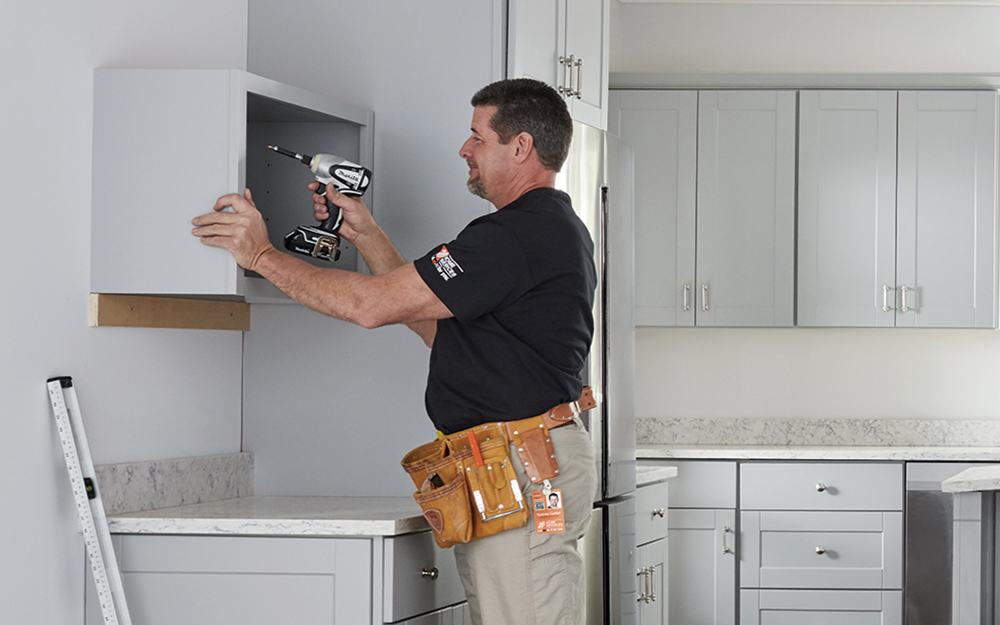 Apart from using strong fixings, it is also important to secure the units to each other and the wall. This will provide additional stability and prevent the units from shifting or sagging over time.
Screwing the units together
using screws and brackets is a common method for securing the units to each other. Additionally,
attaching the units to the wall studs
will ensure that they are firmly anchored in place.
Apart from using strong fixings, it is also important to secure the units to each other and the wall. This will provide additional stability and prevent the units from shifting or sagging over time.
Screwing the units together
using screws and brackets is a common method for securing the units to each other. Additionally,
attaching the units to the wall studs
will ensure that they are firmly anchored in place.


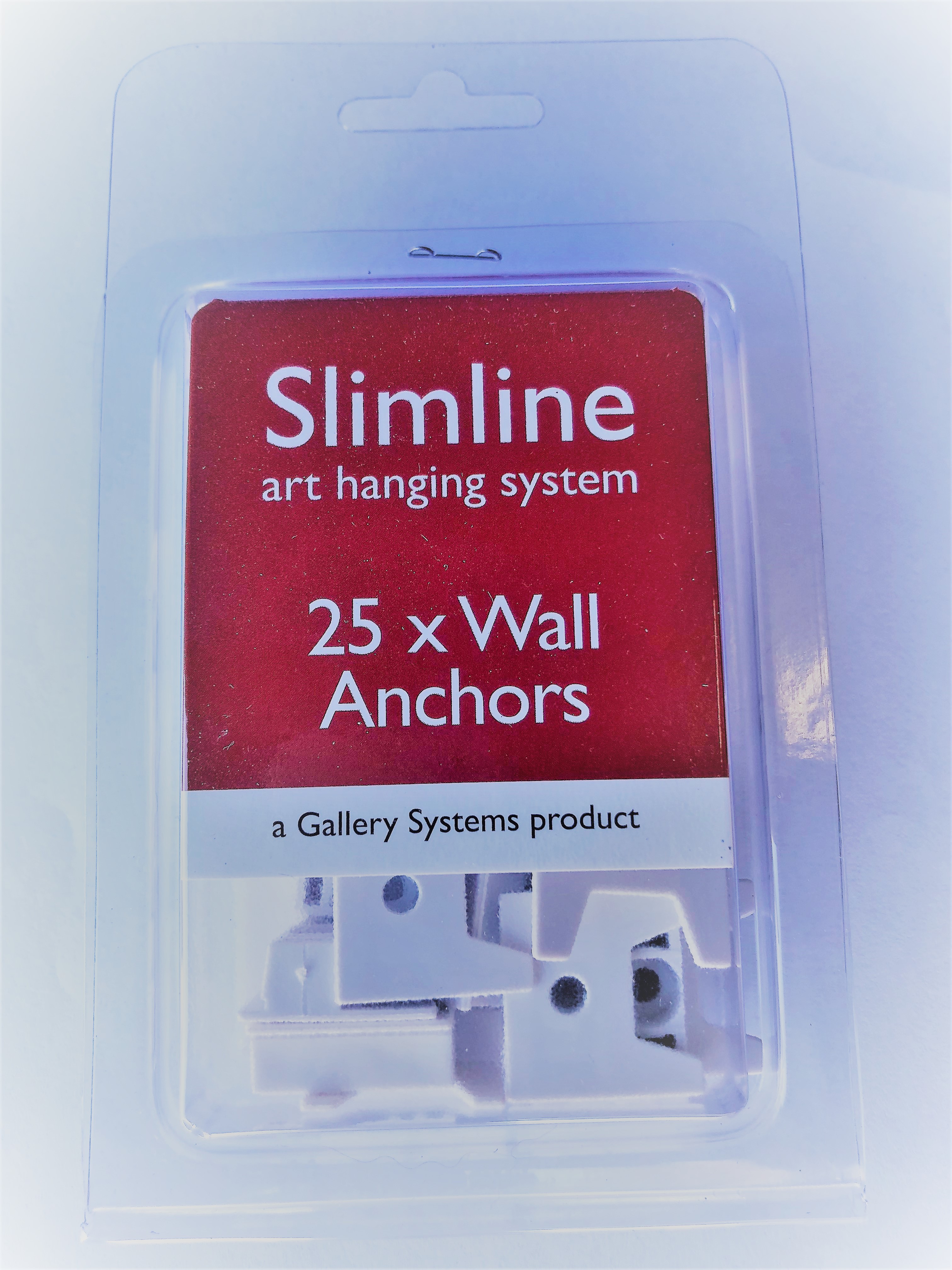





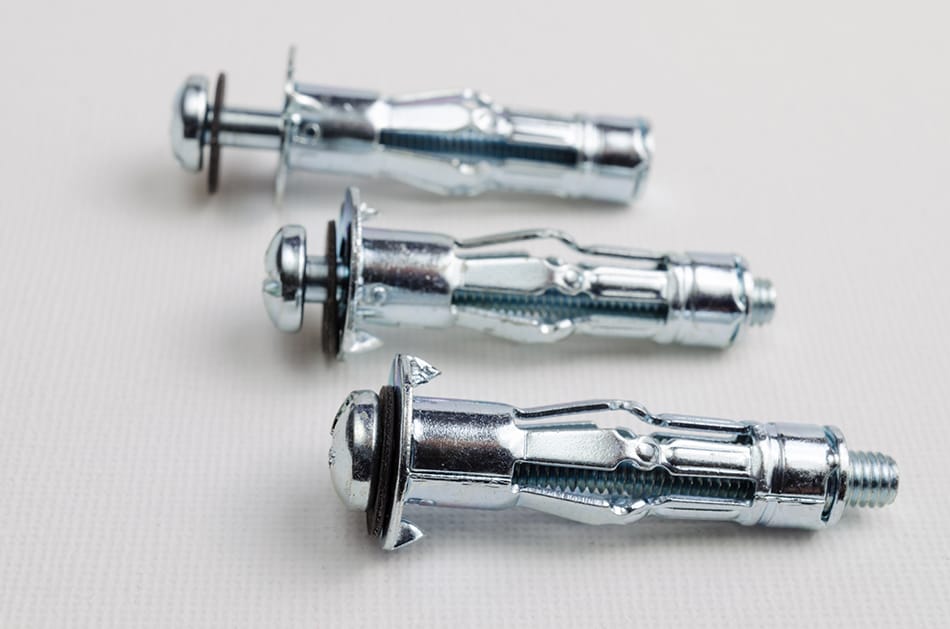



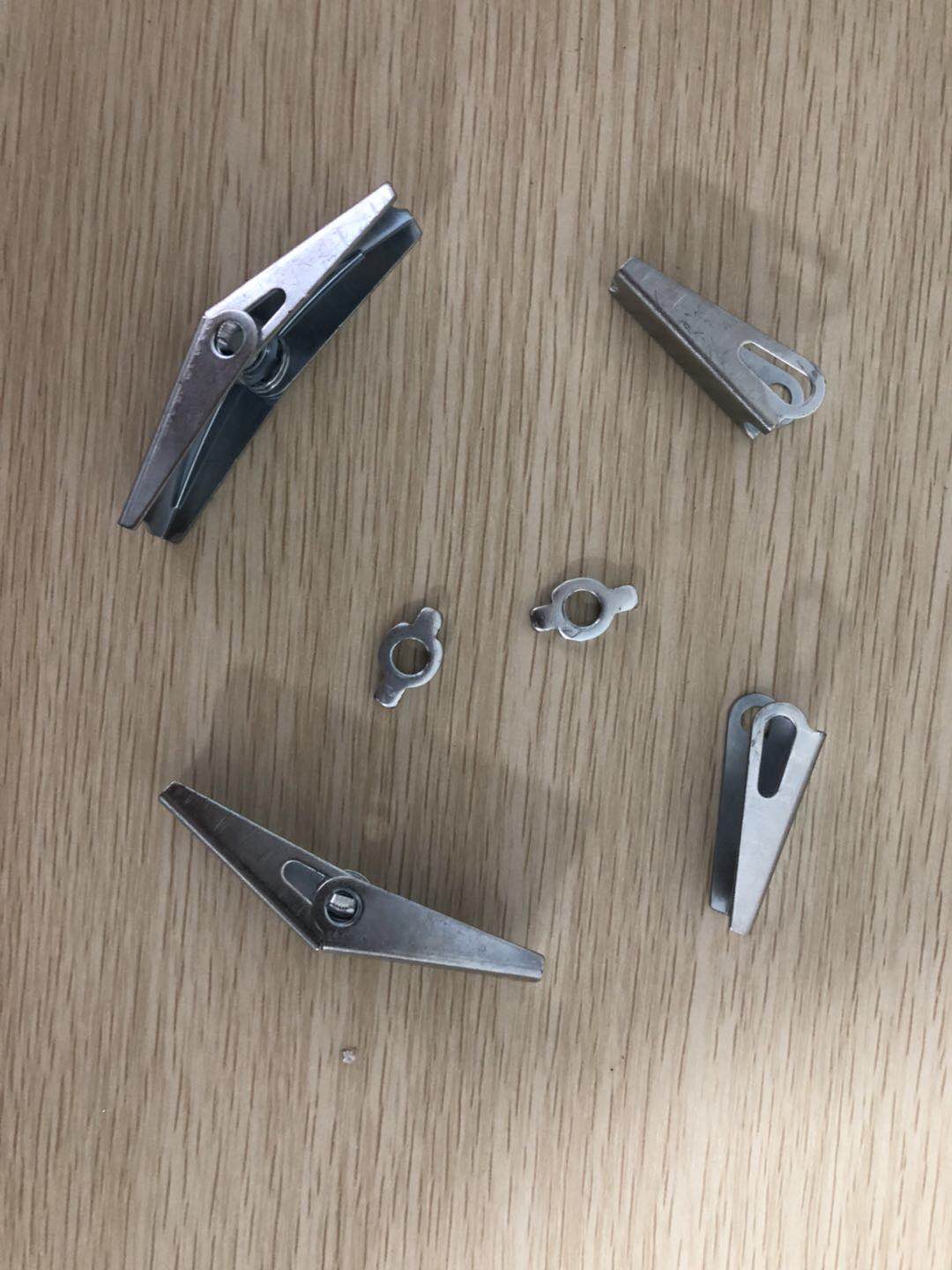
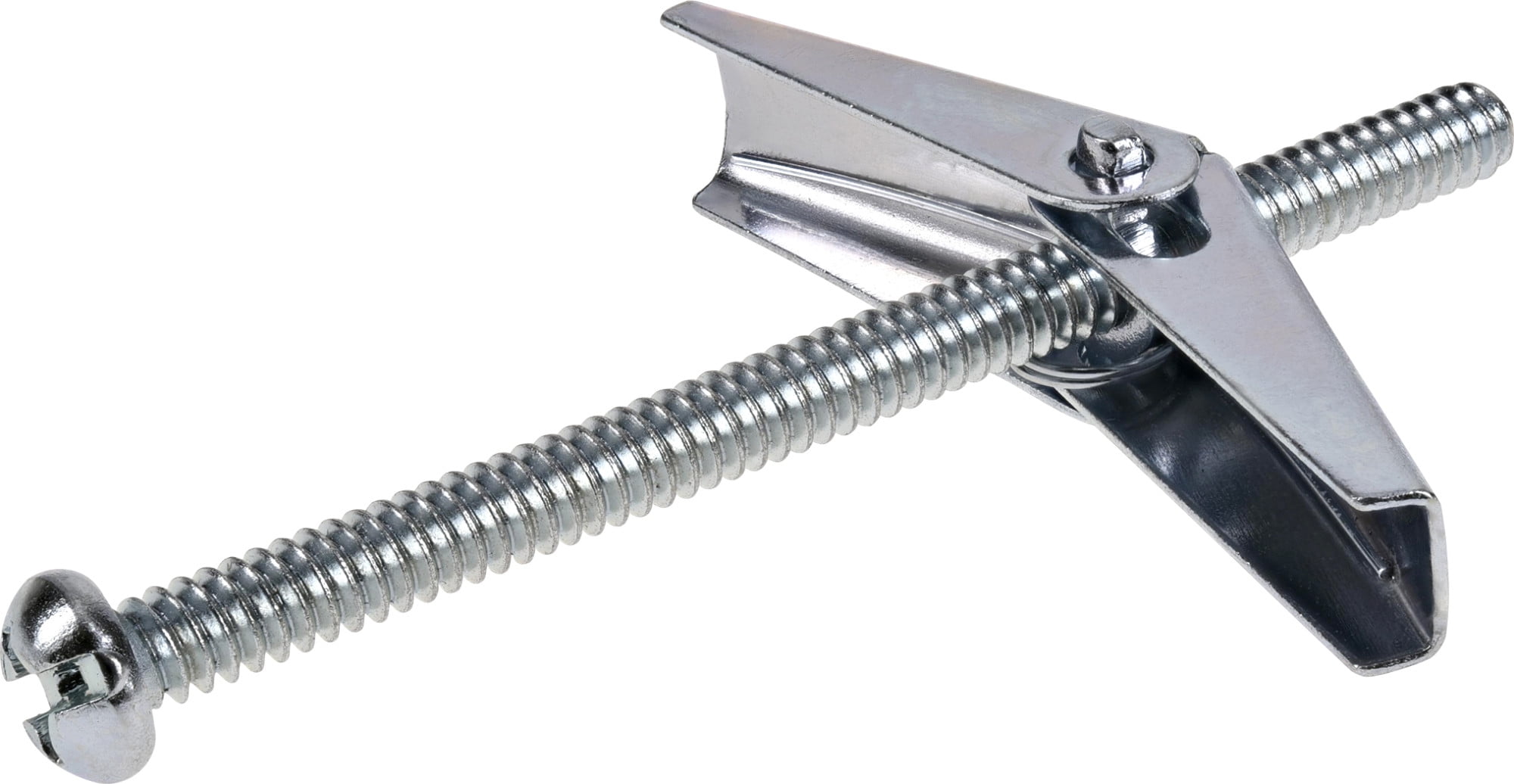



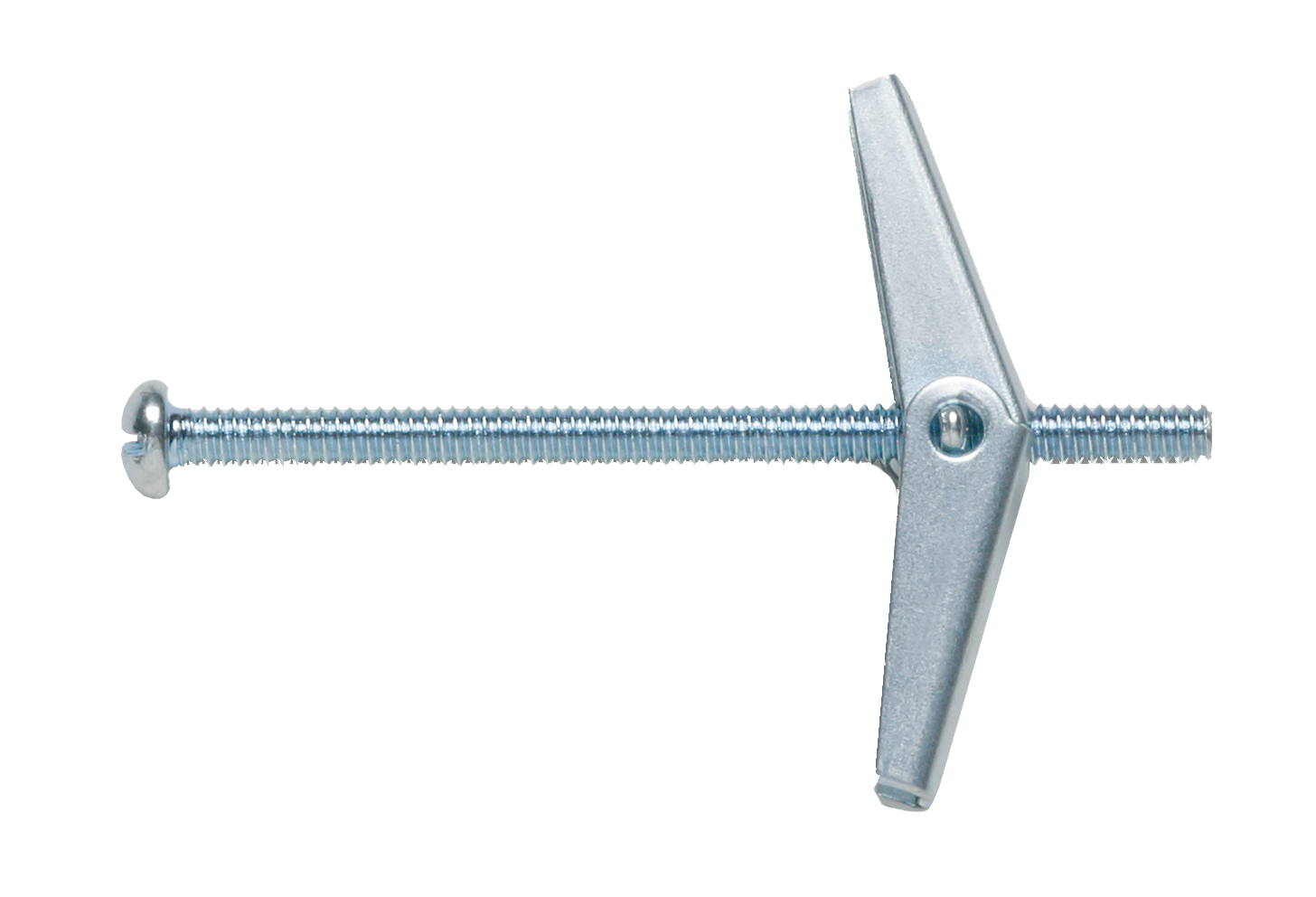
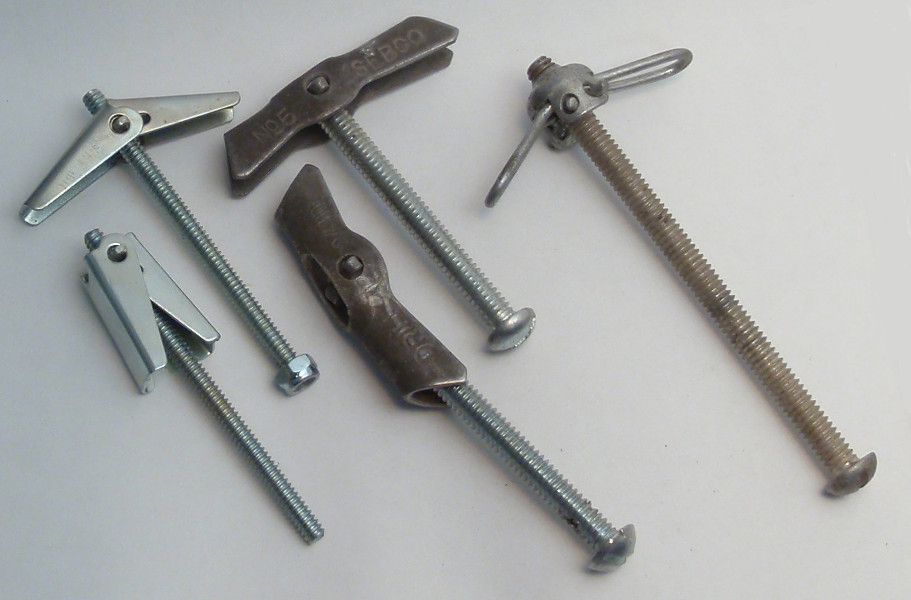
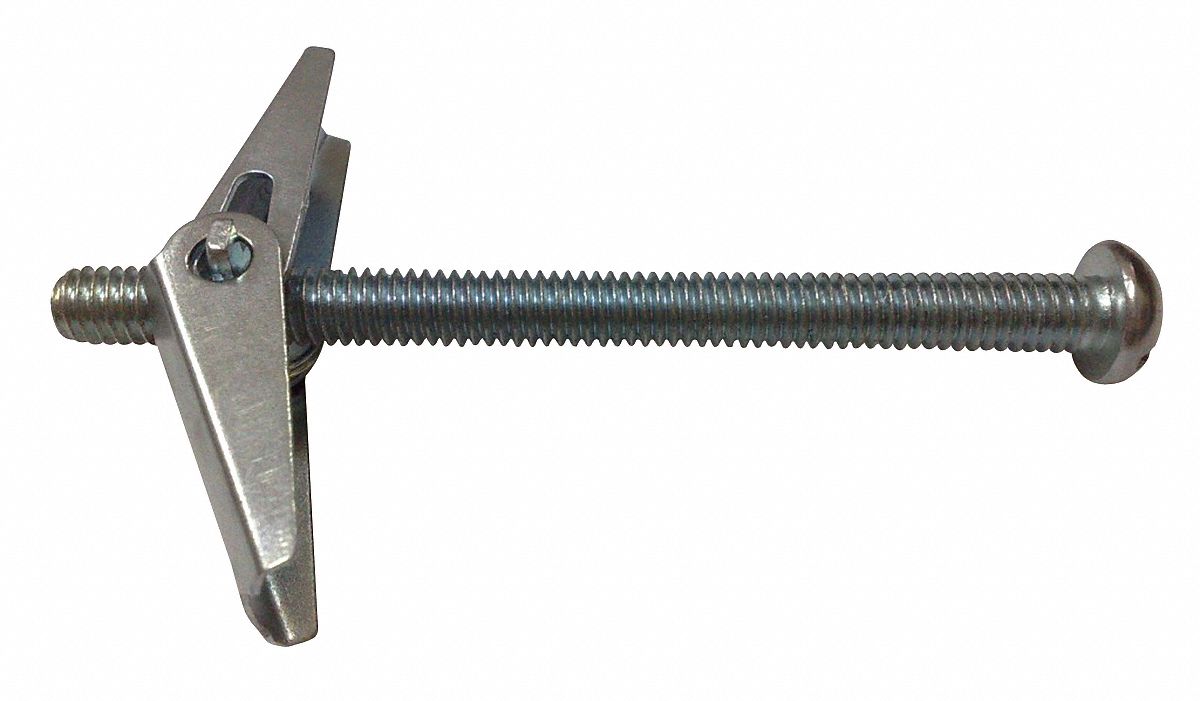
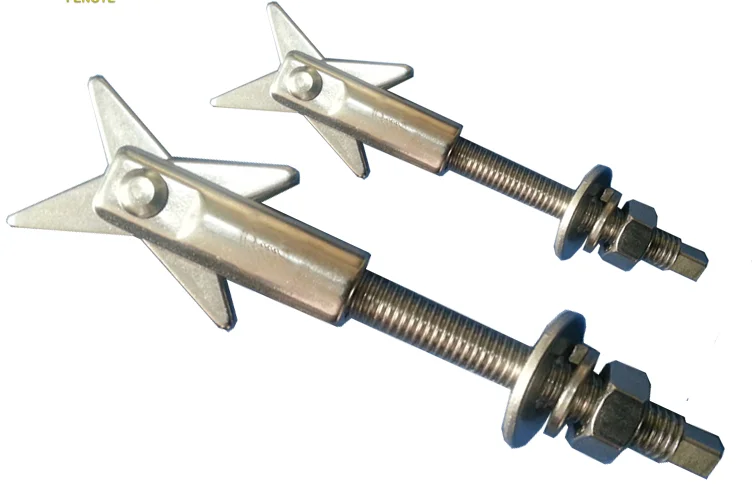

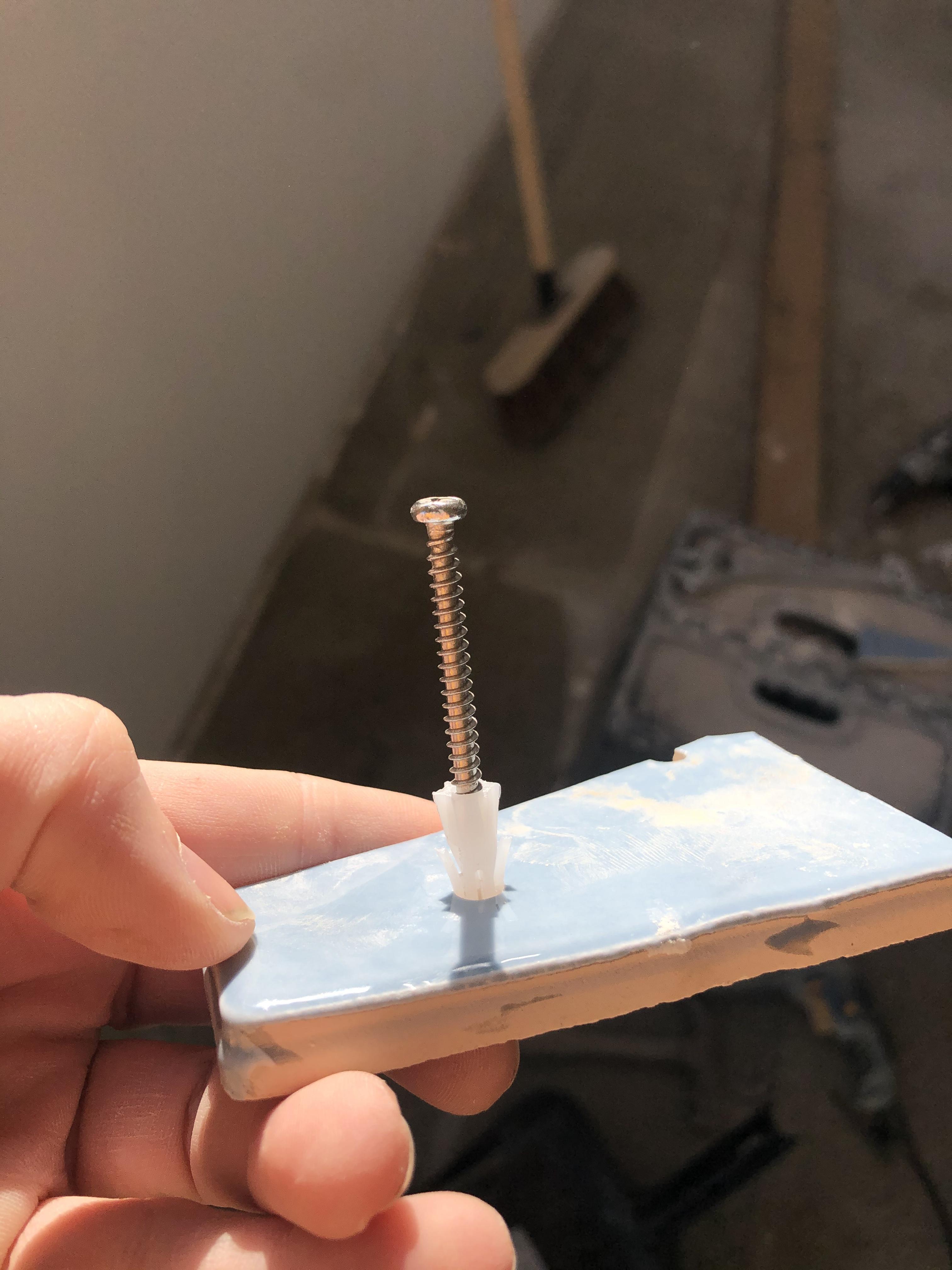
.JPG)
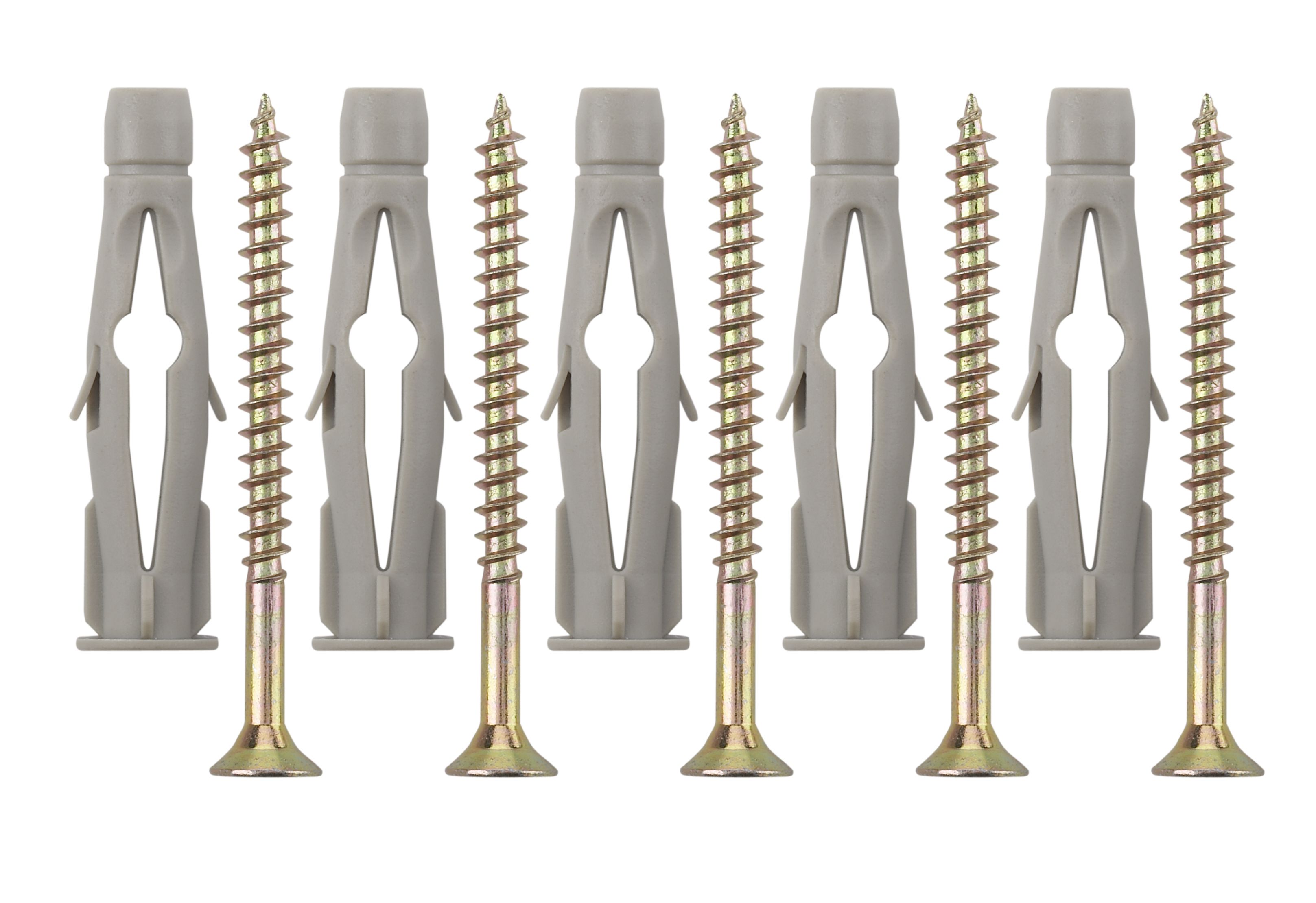

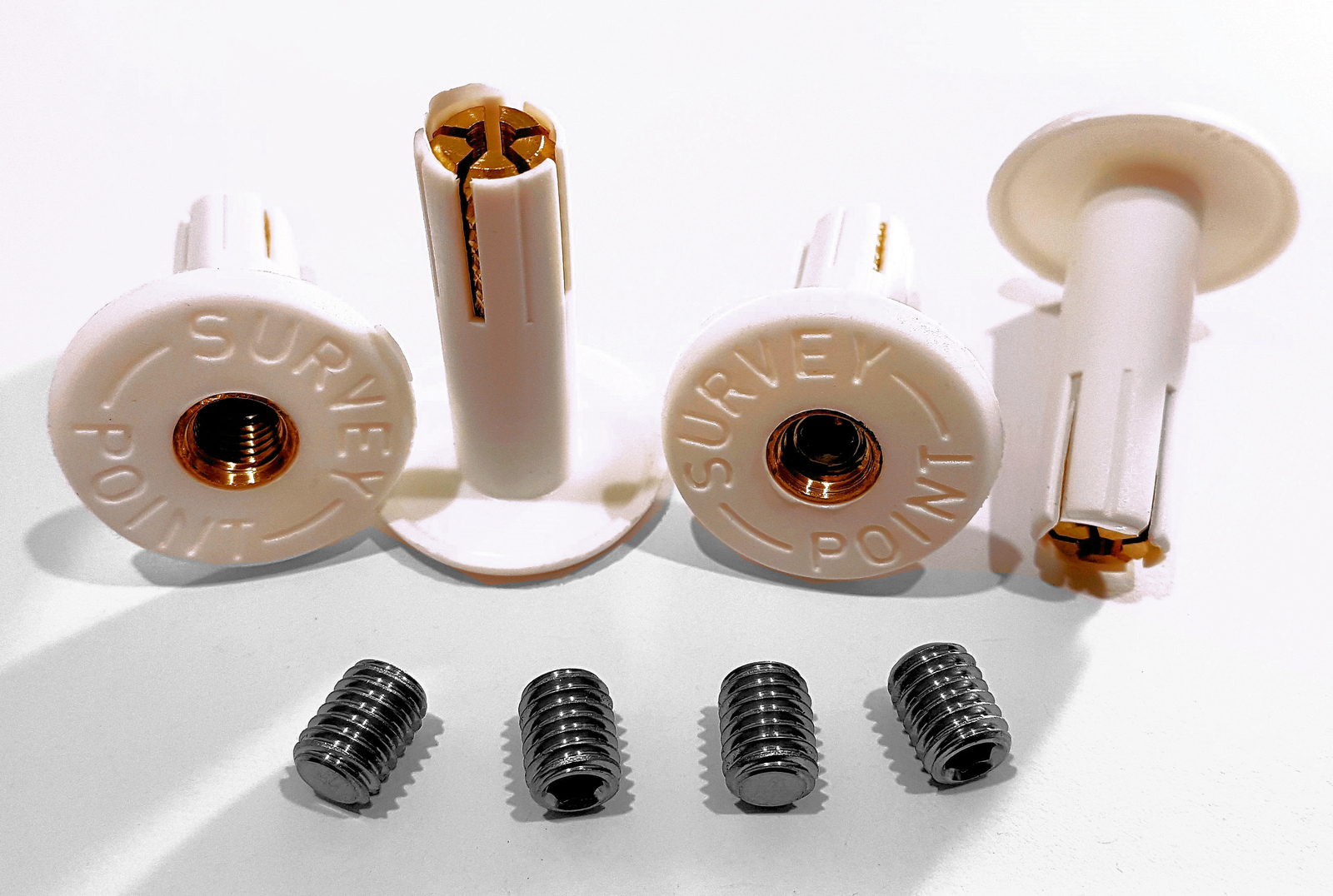
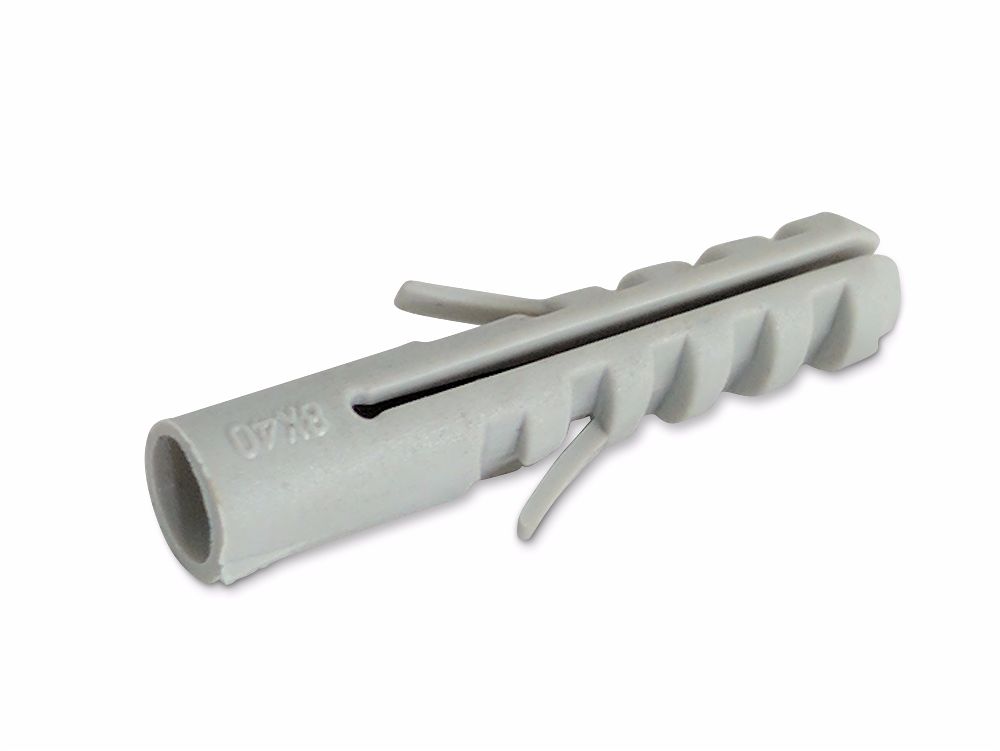






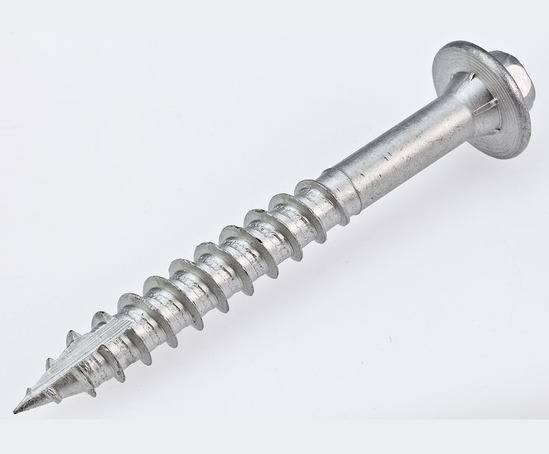

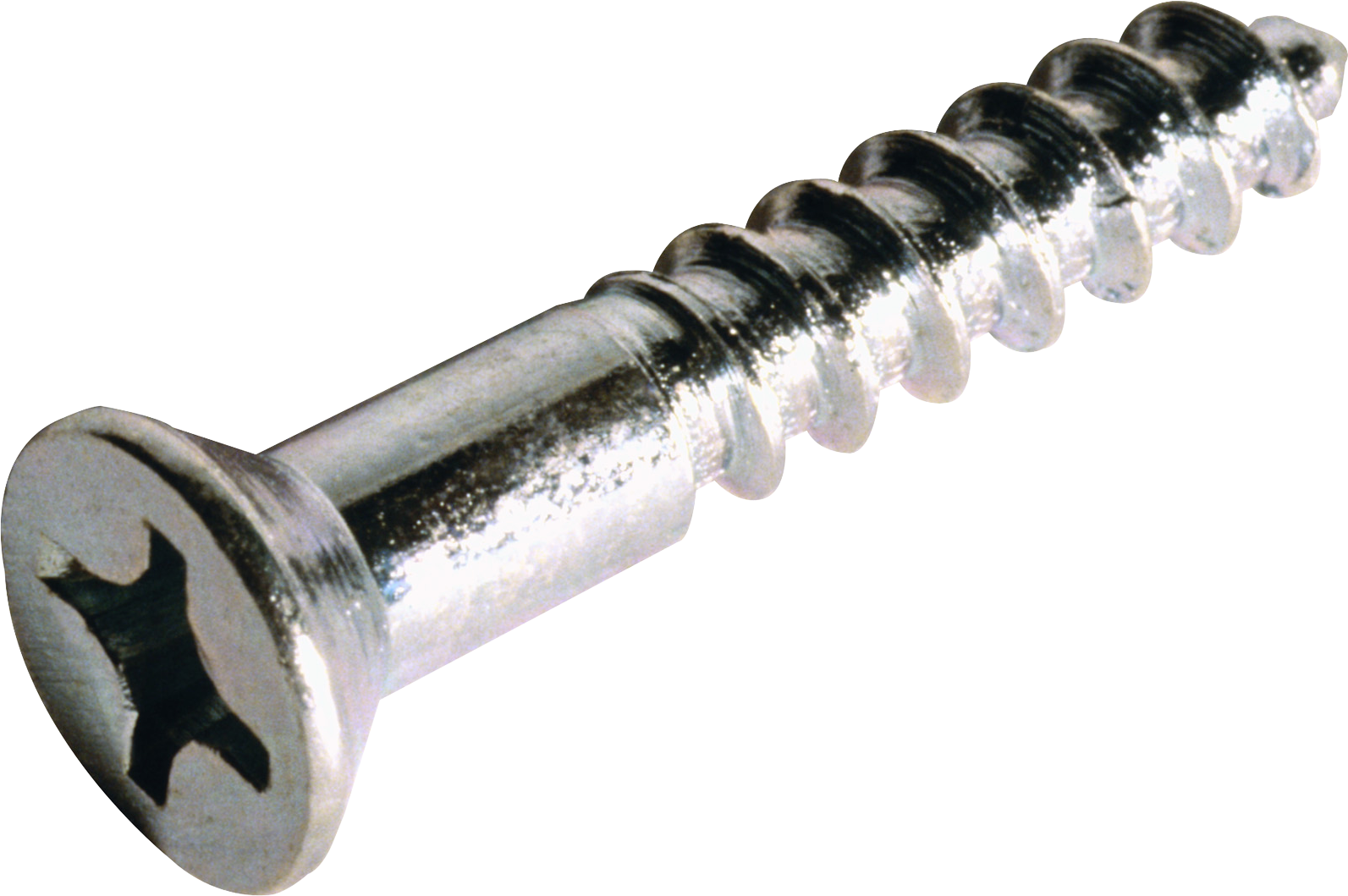

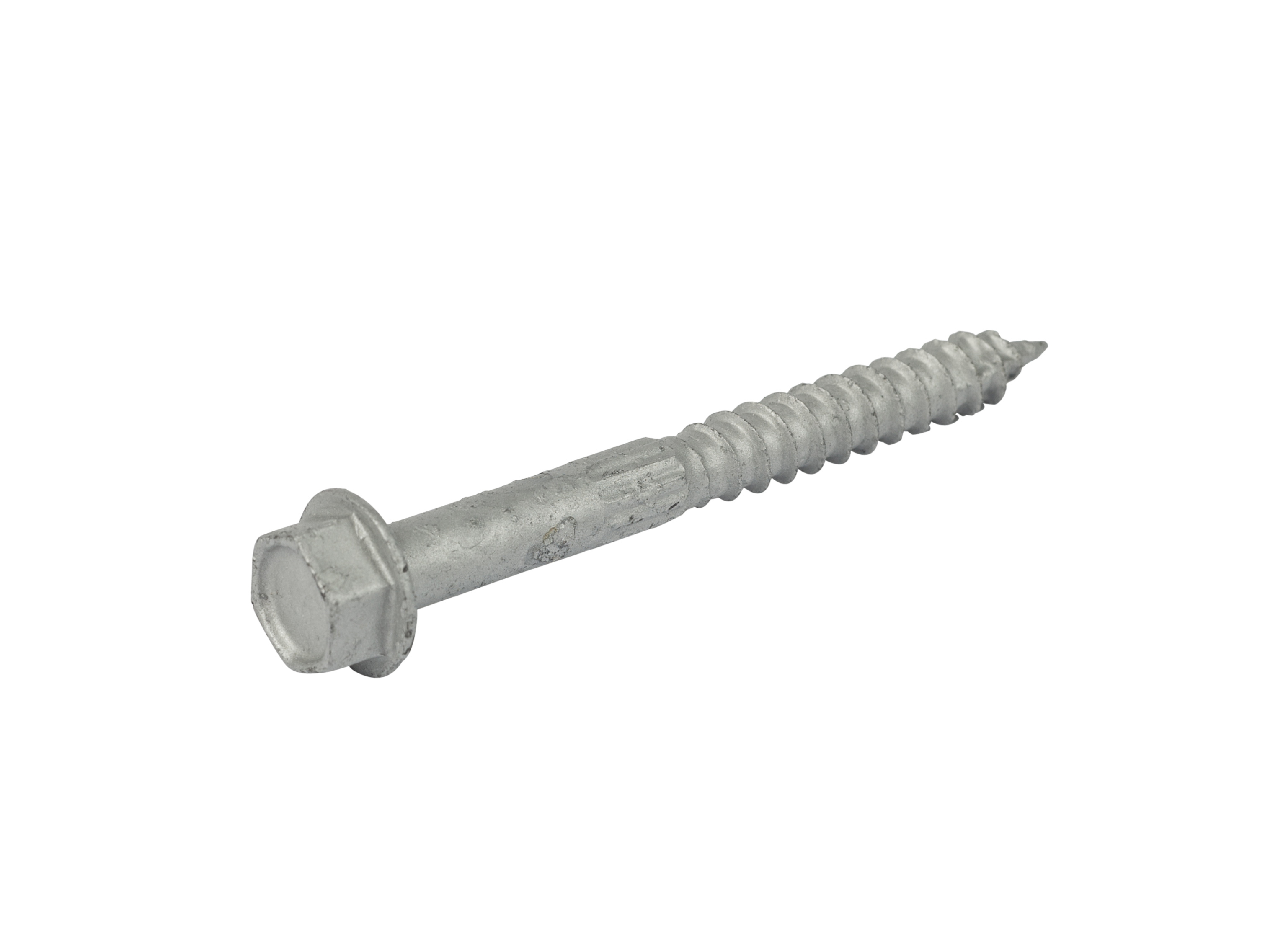





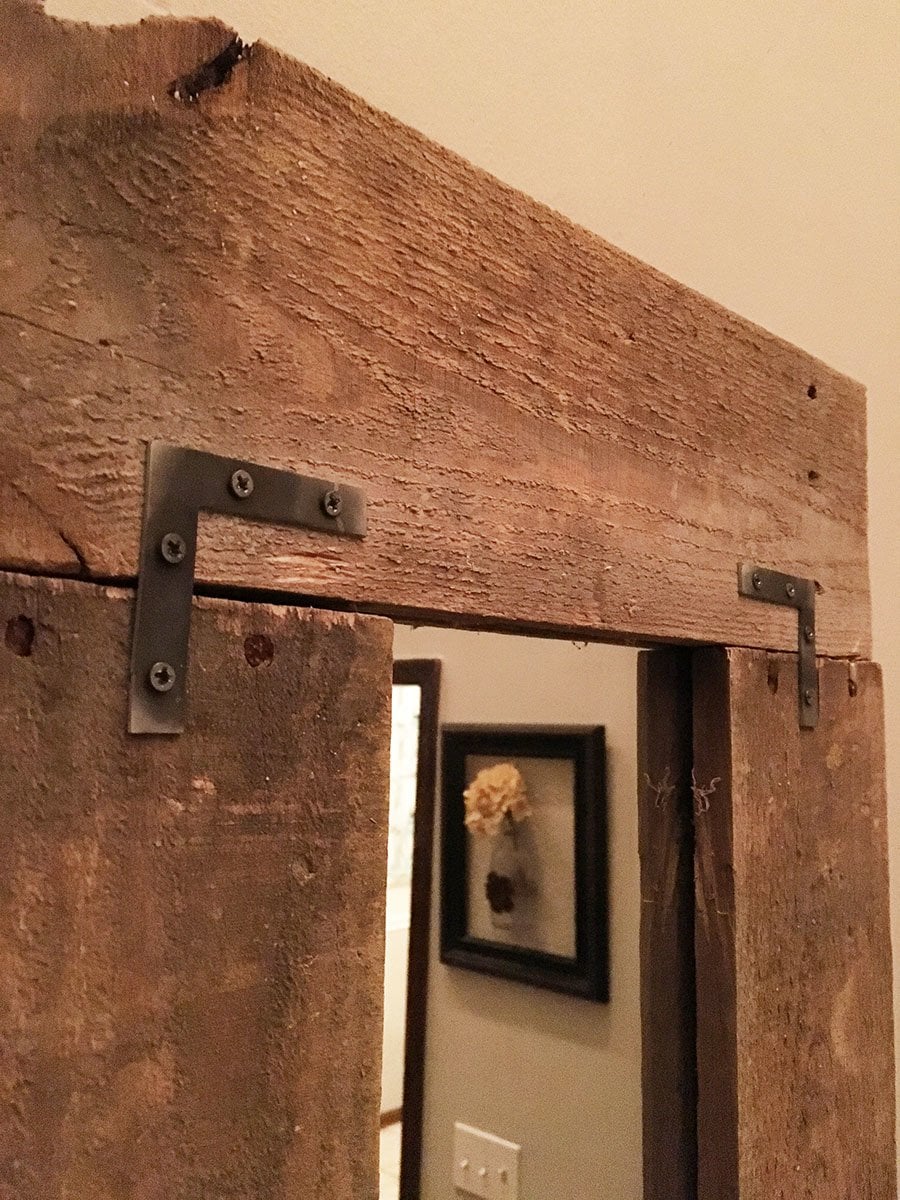

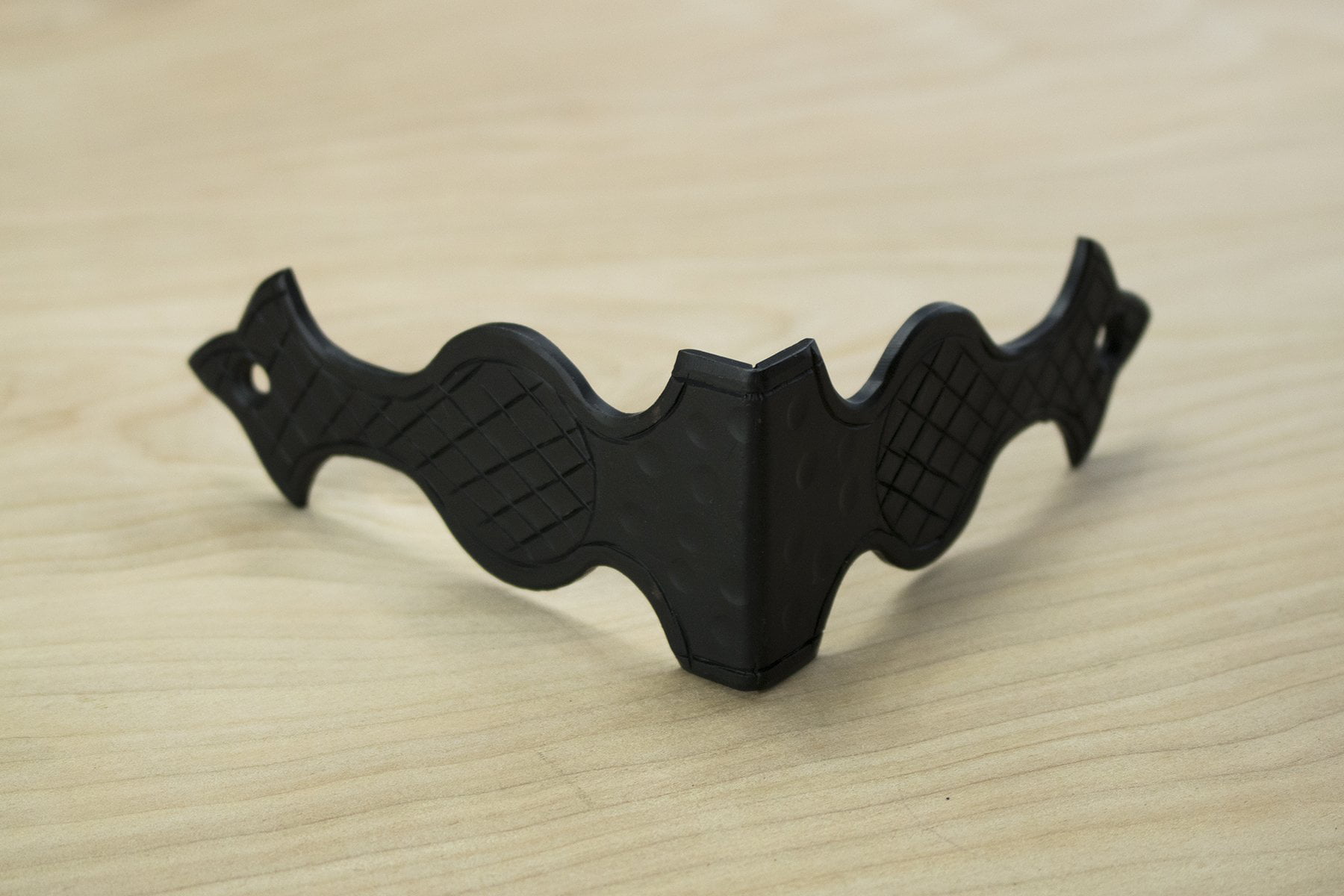

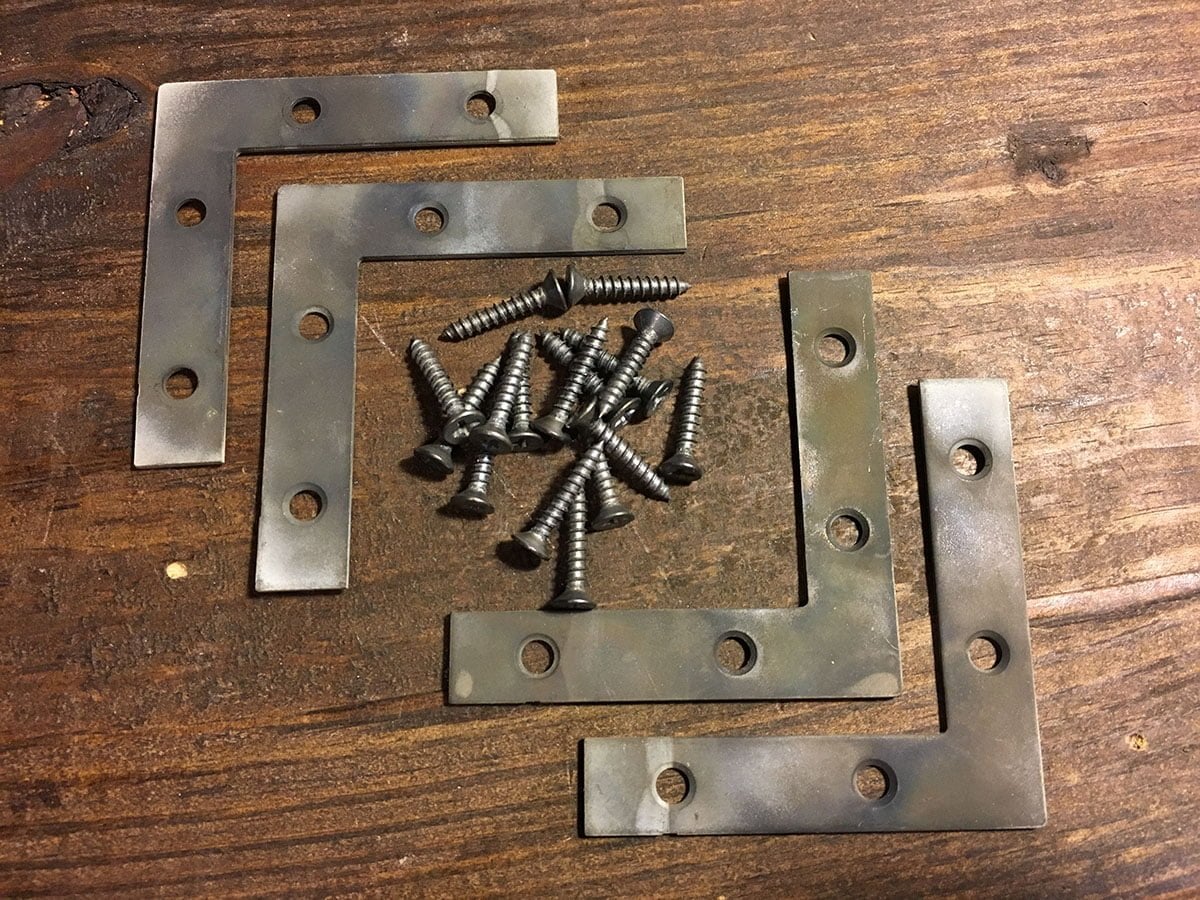
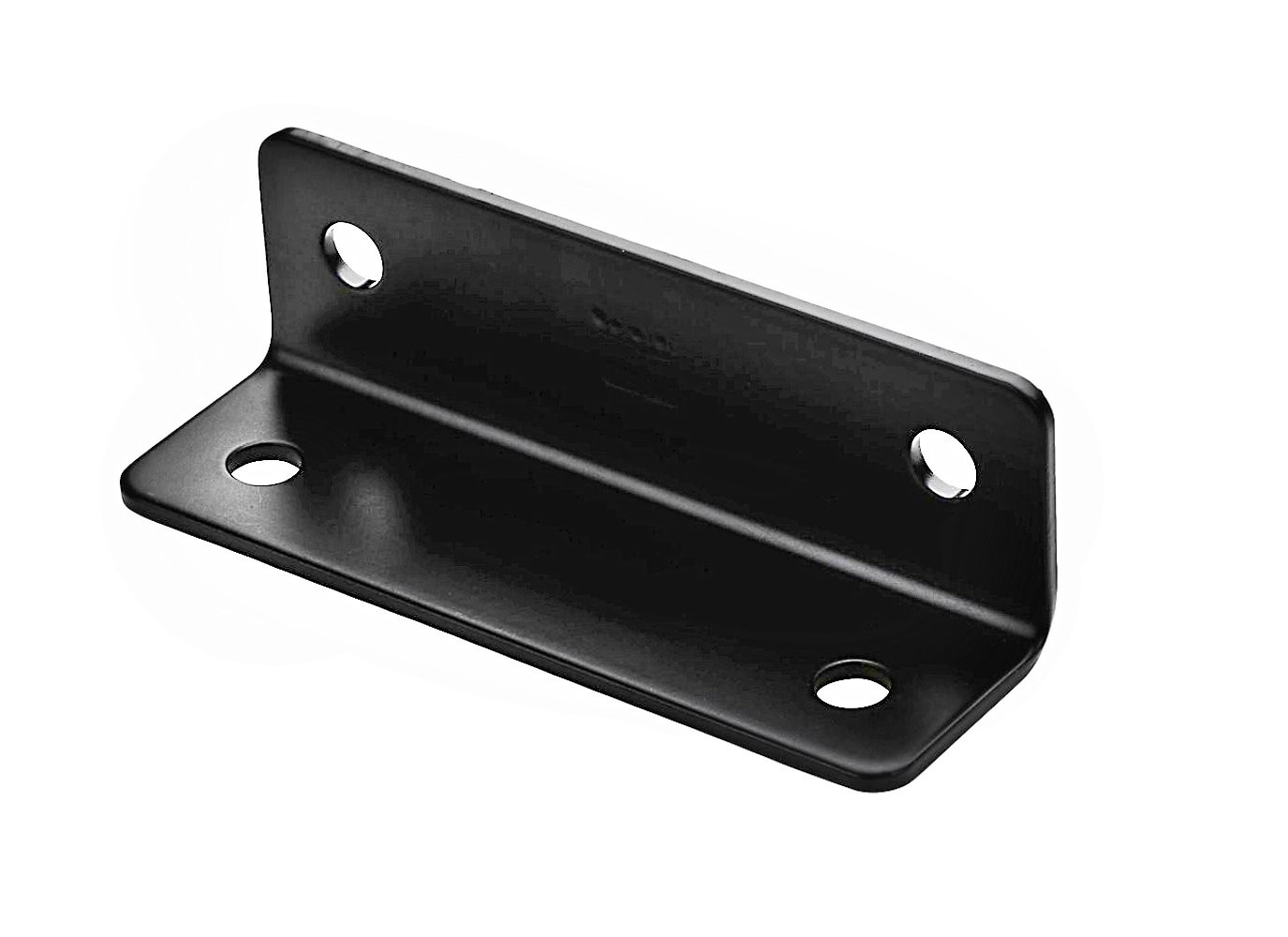
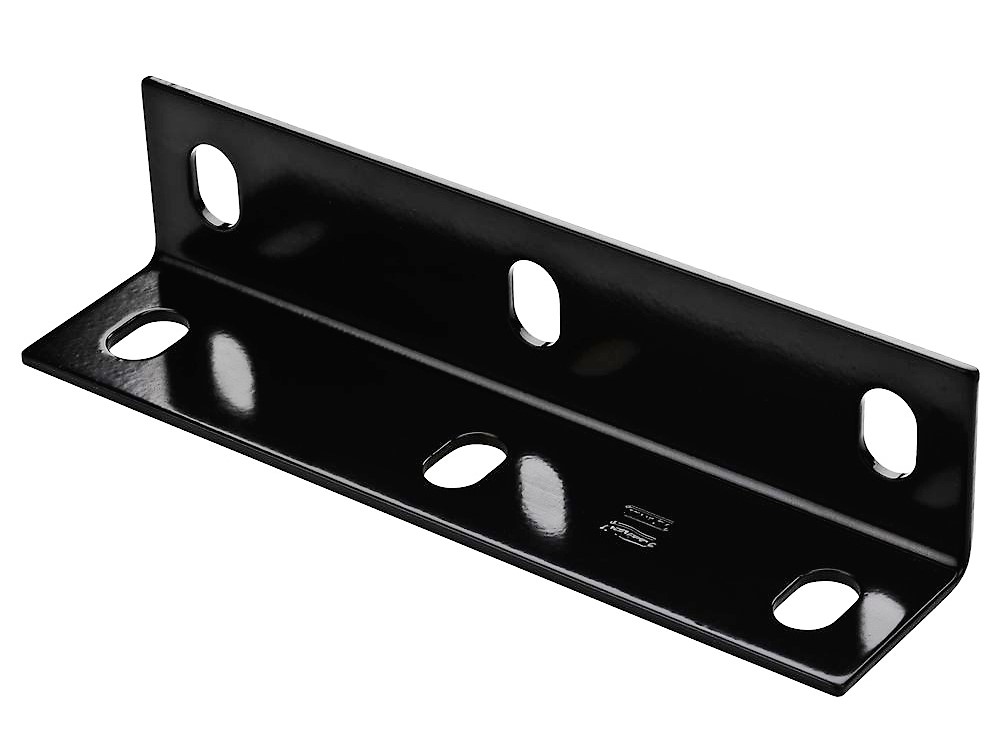
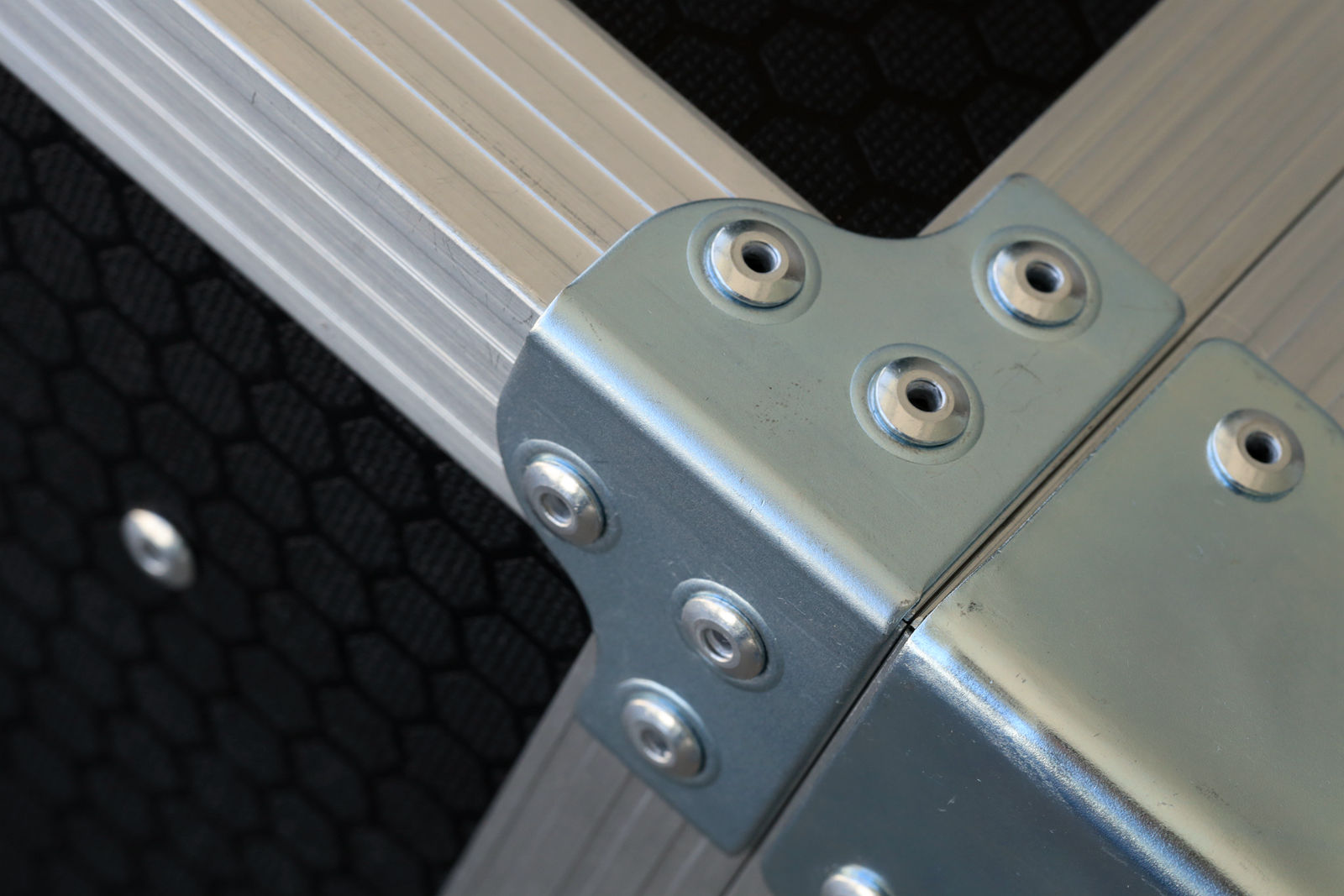


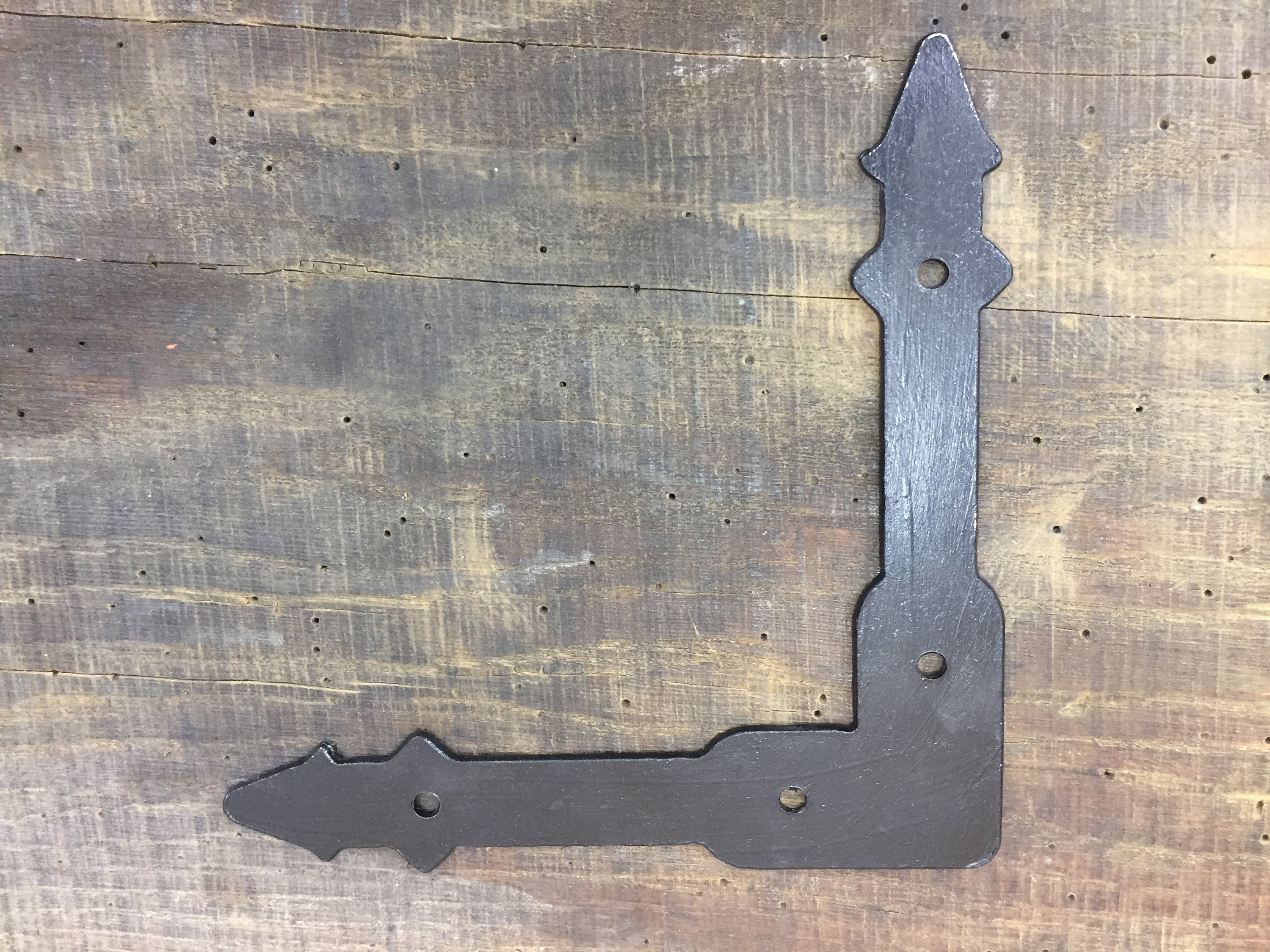



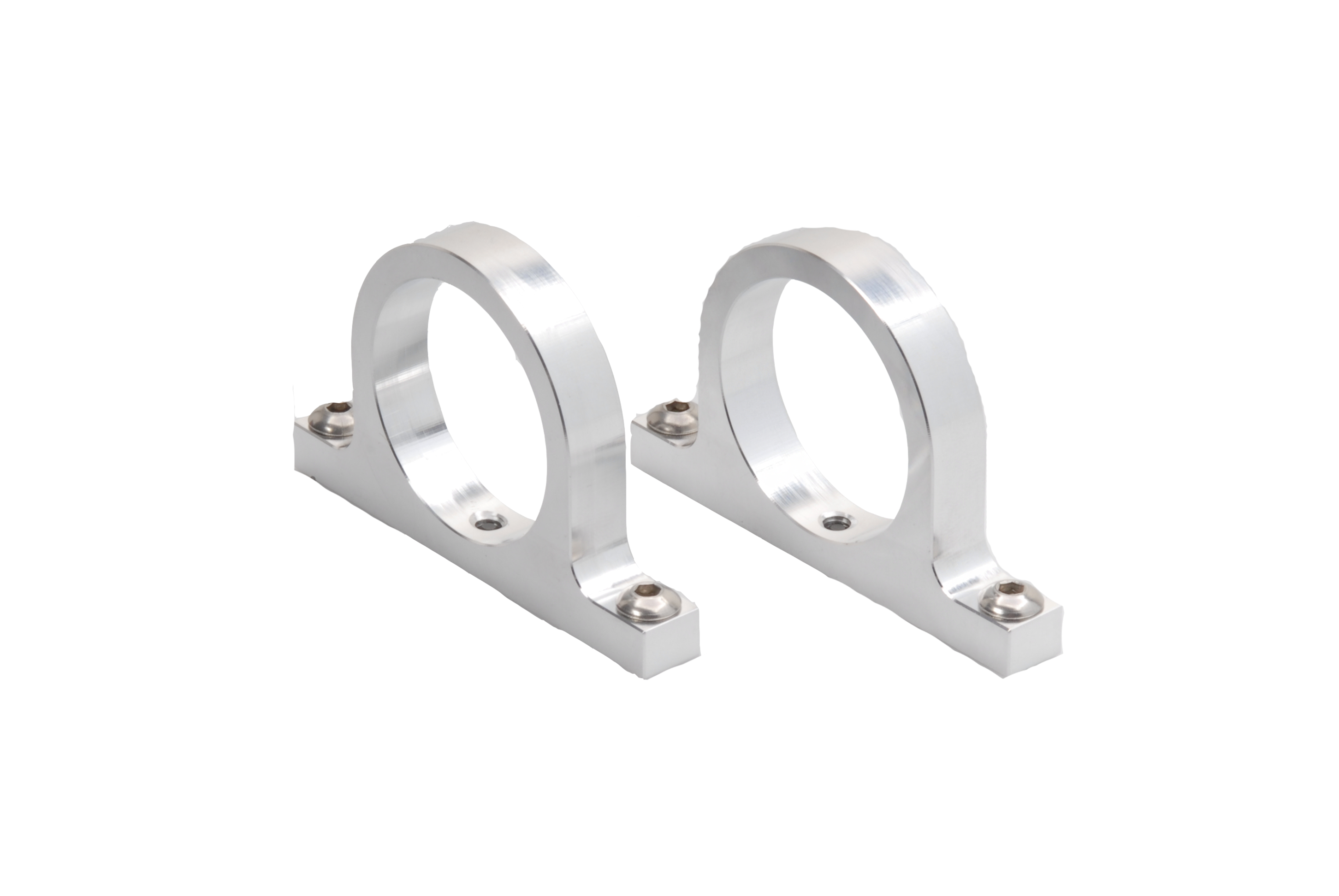

.jpg)
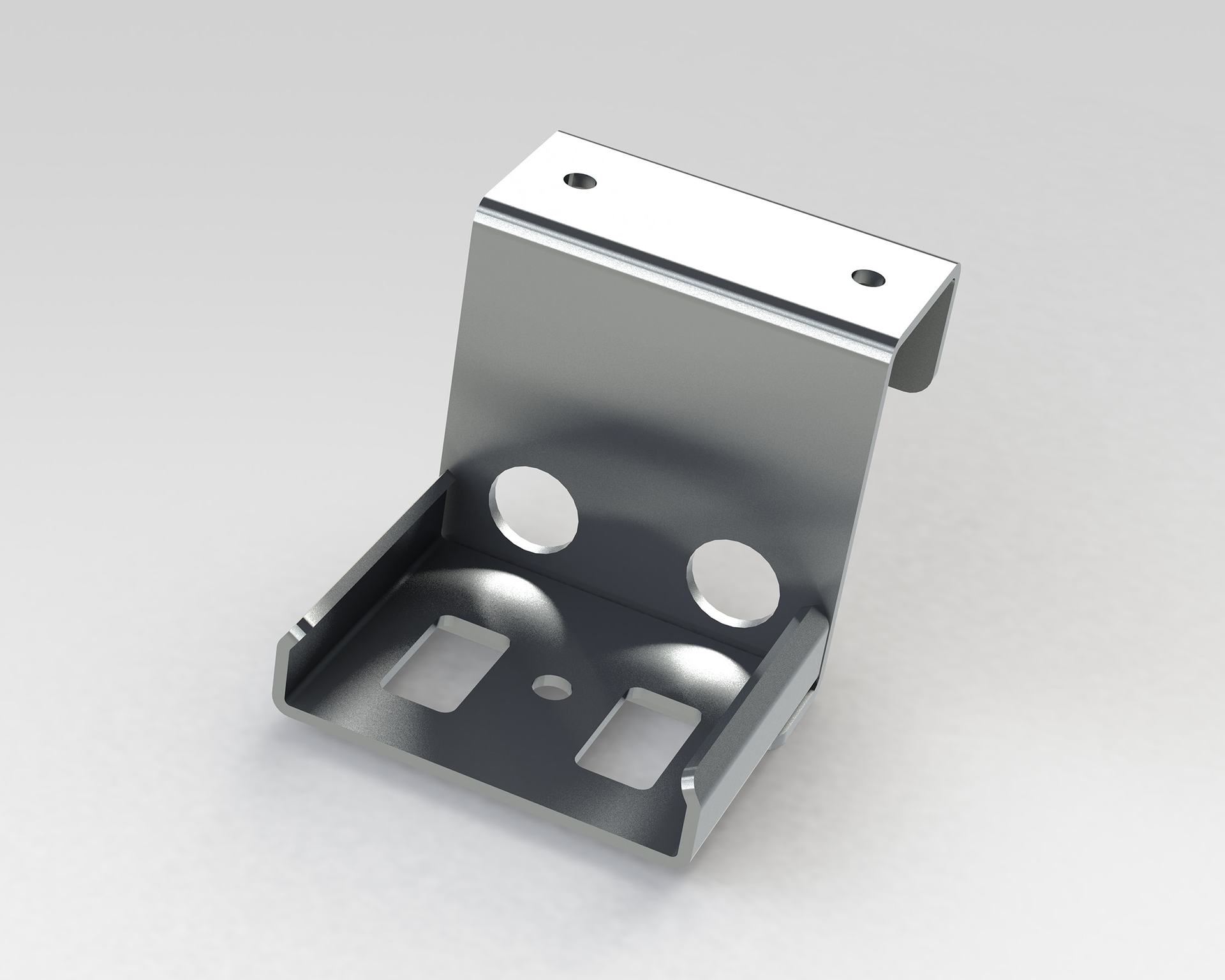

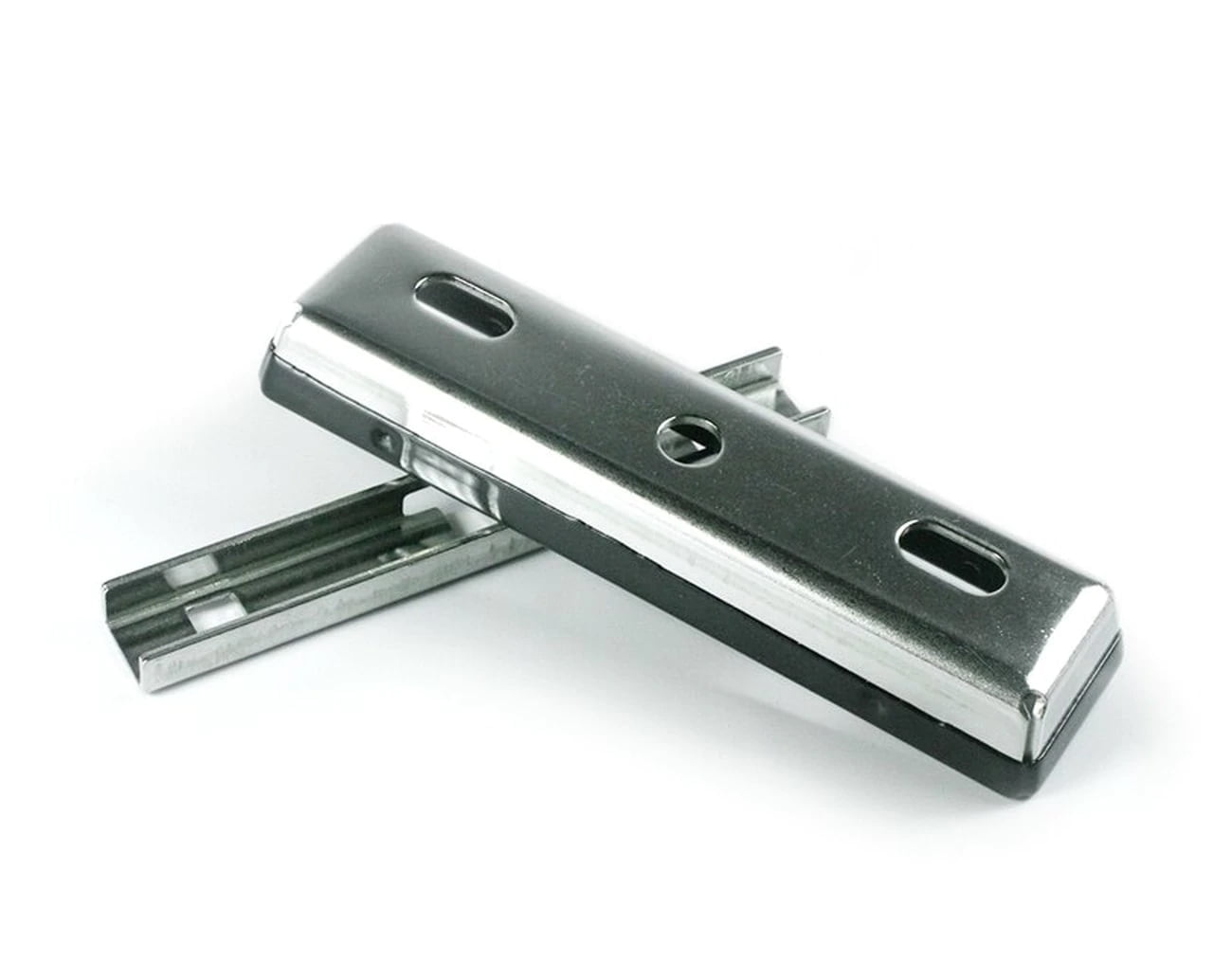

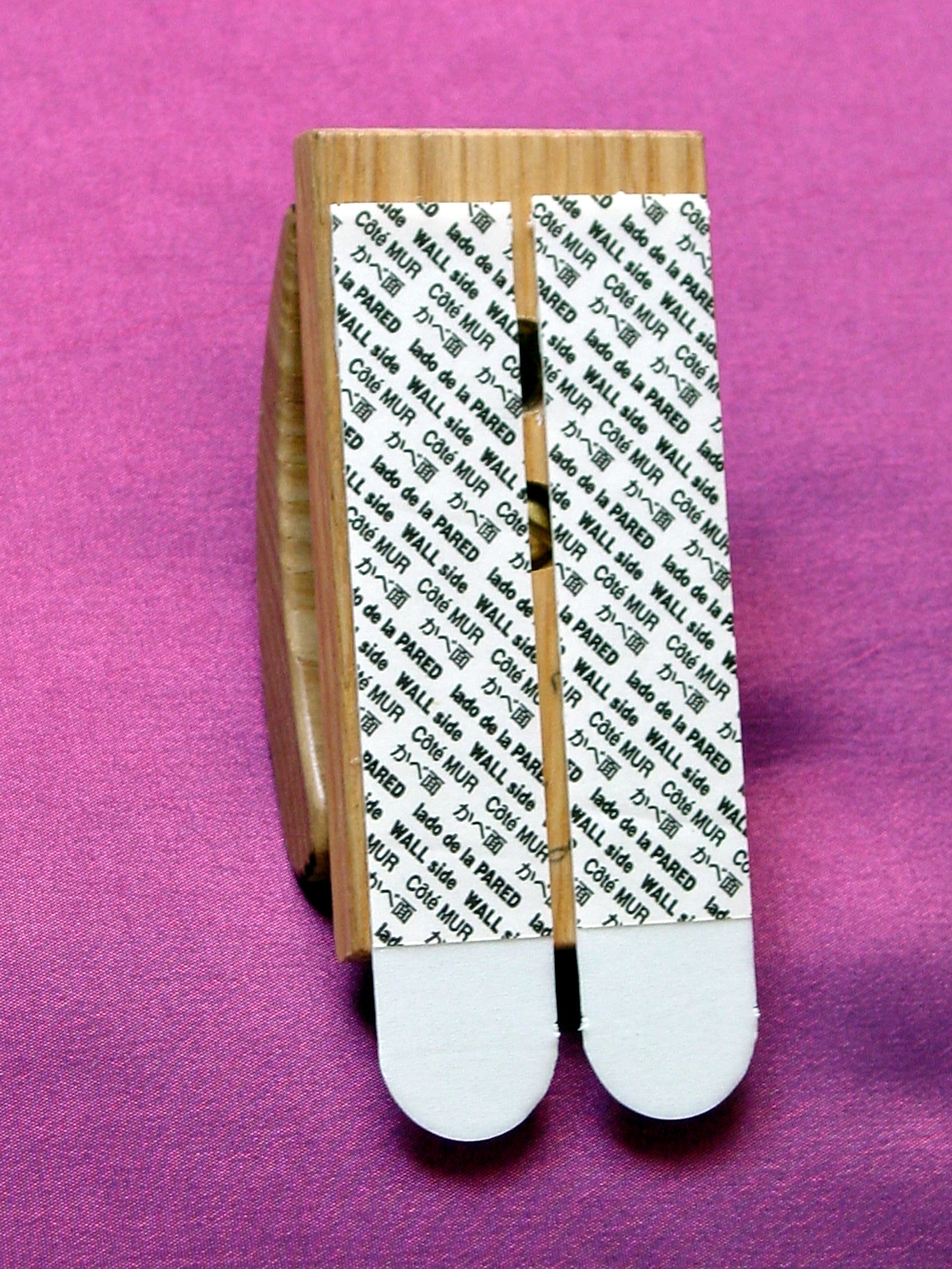






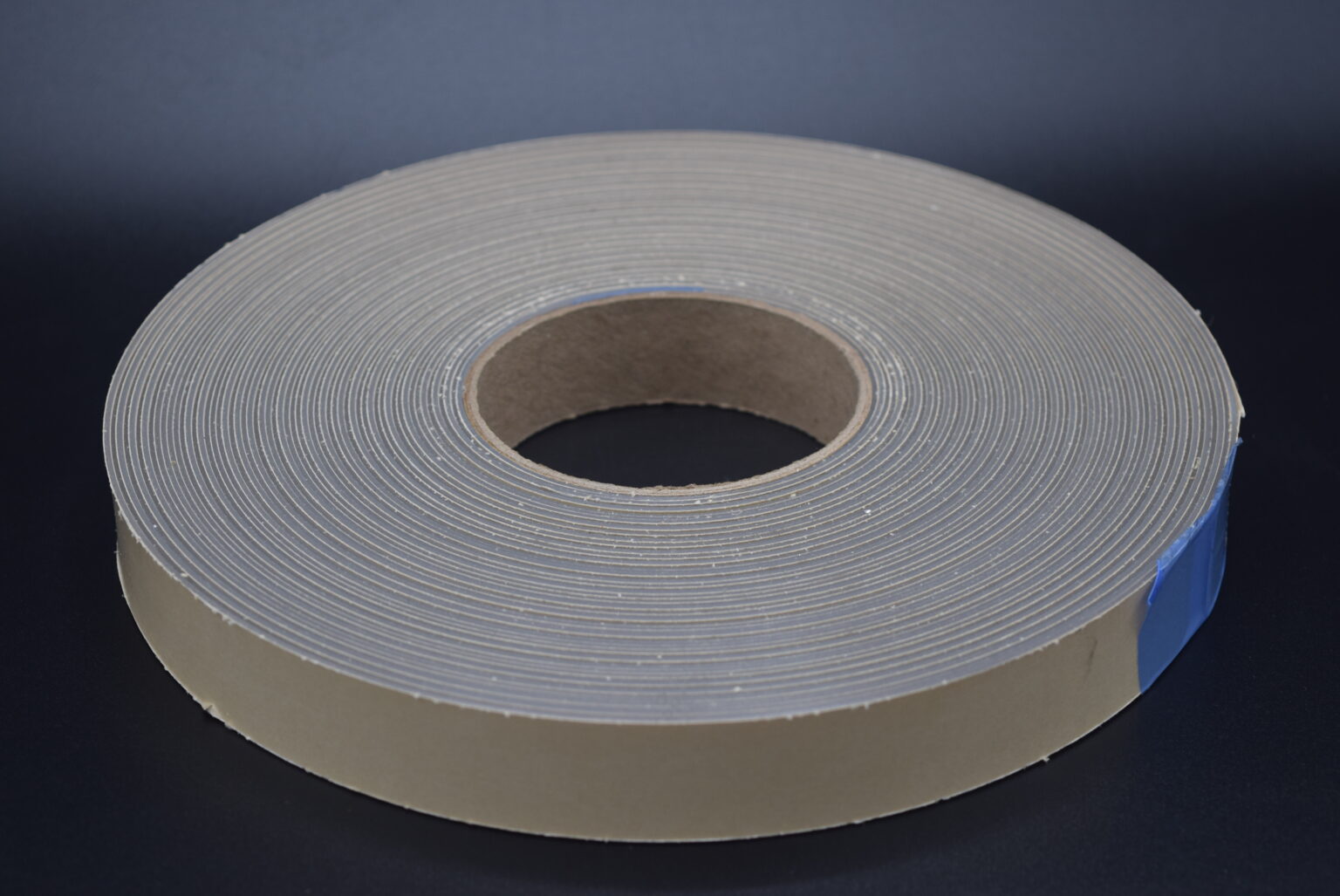

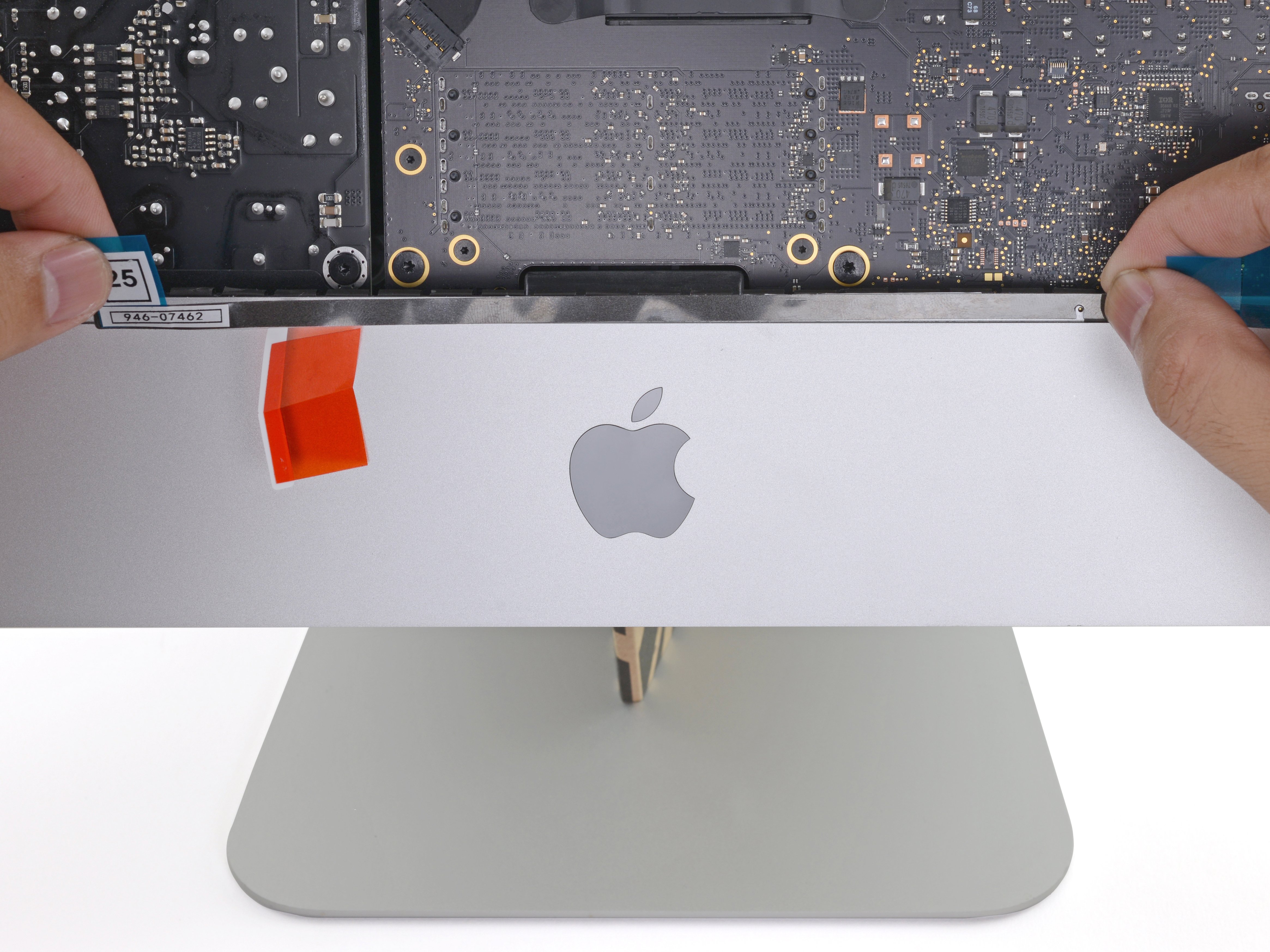
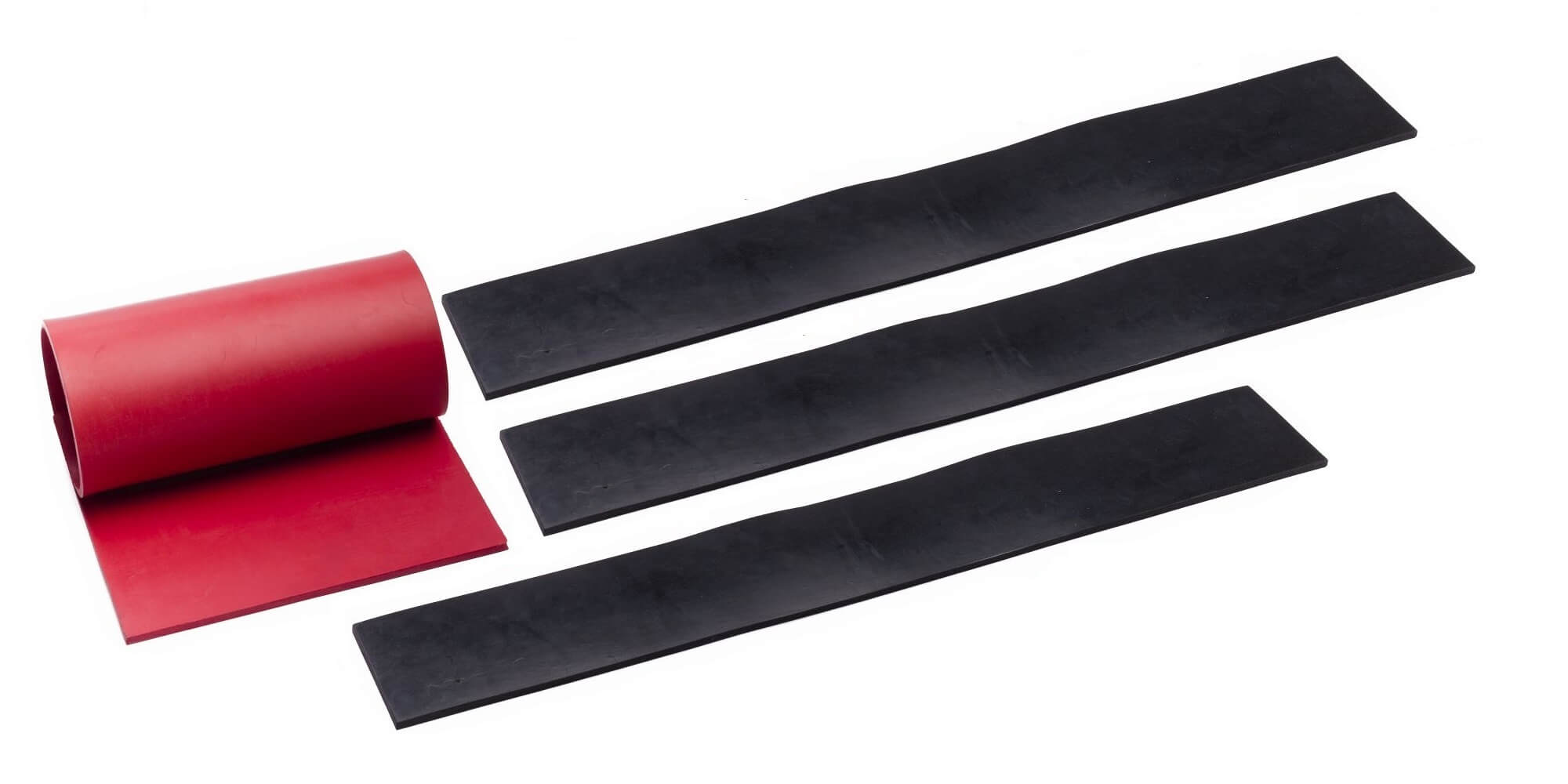
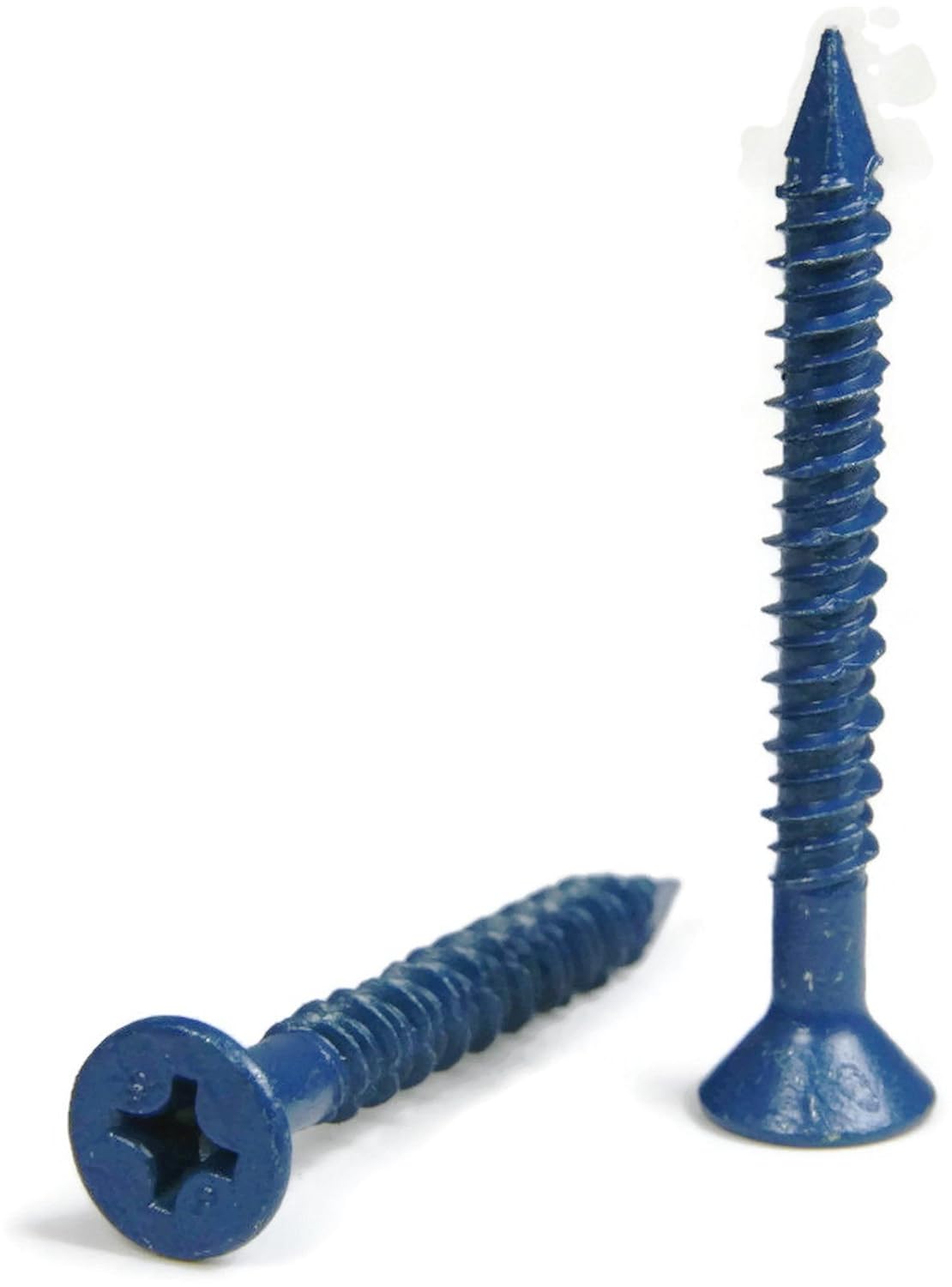



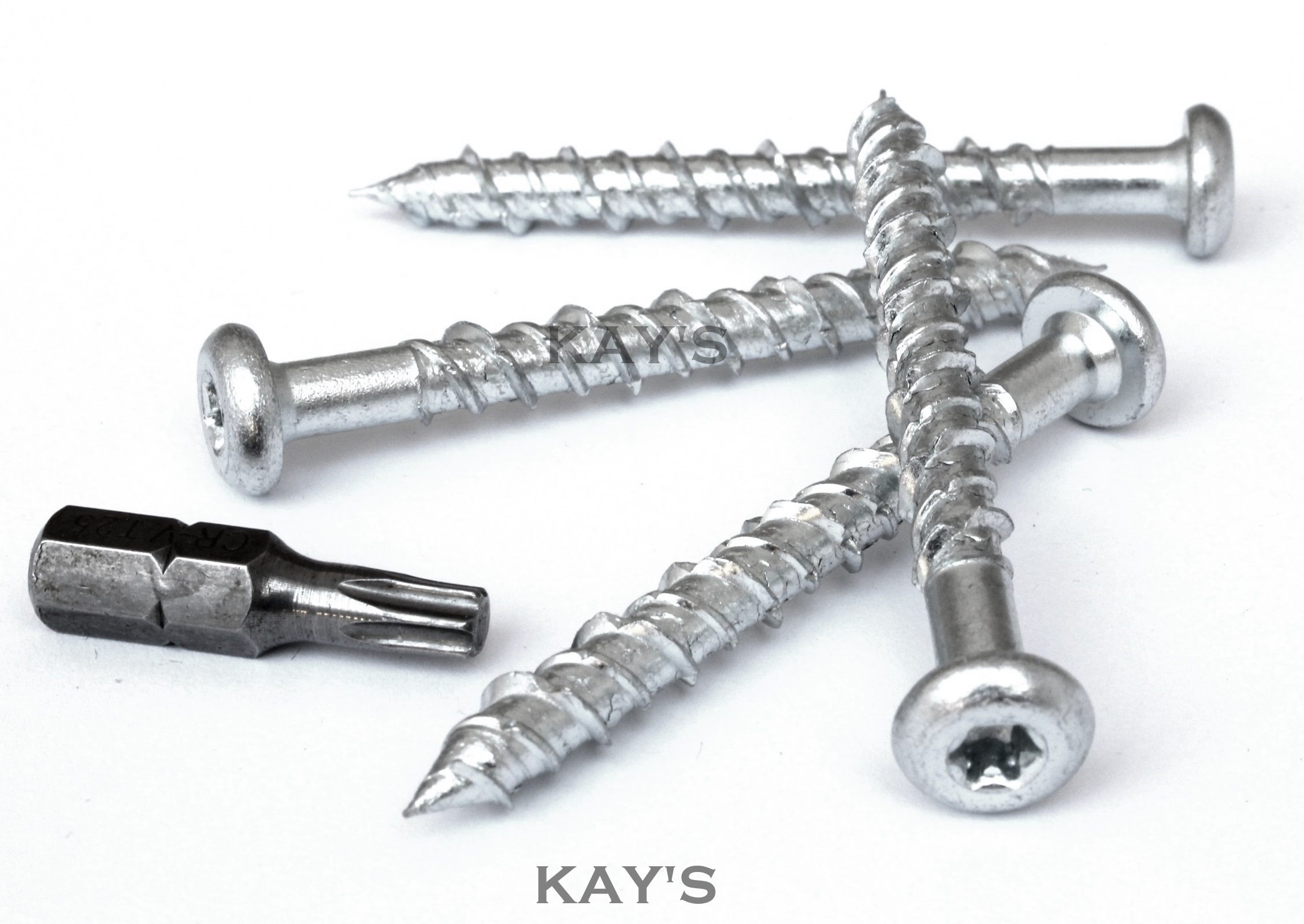






















/screws-in-a-wooden-board-1013661258-7cd30e3e57184f74bf23bebe9ce6489f.jpg)











